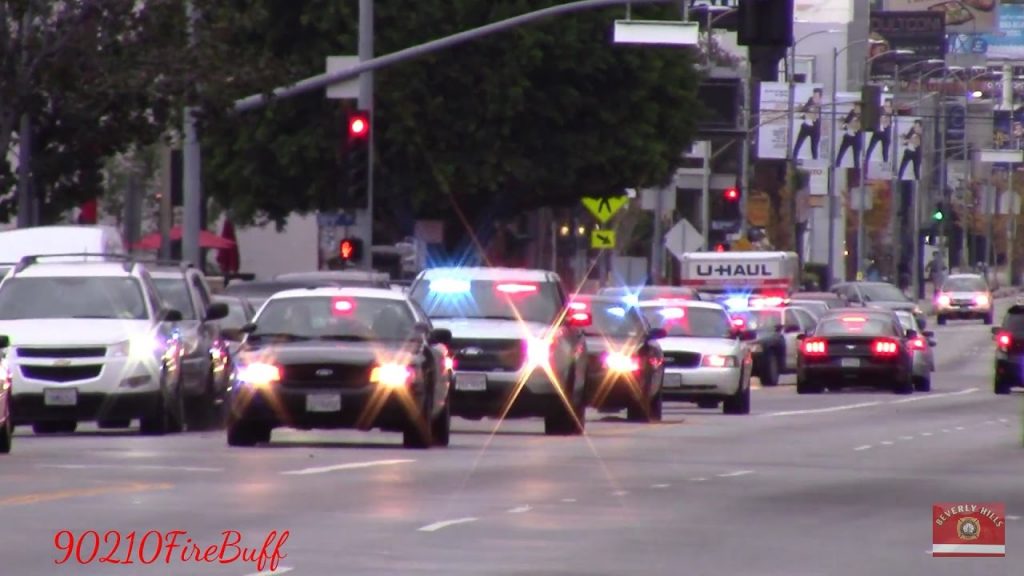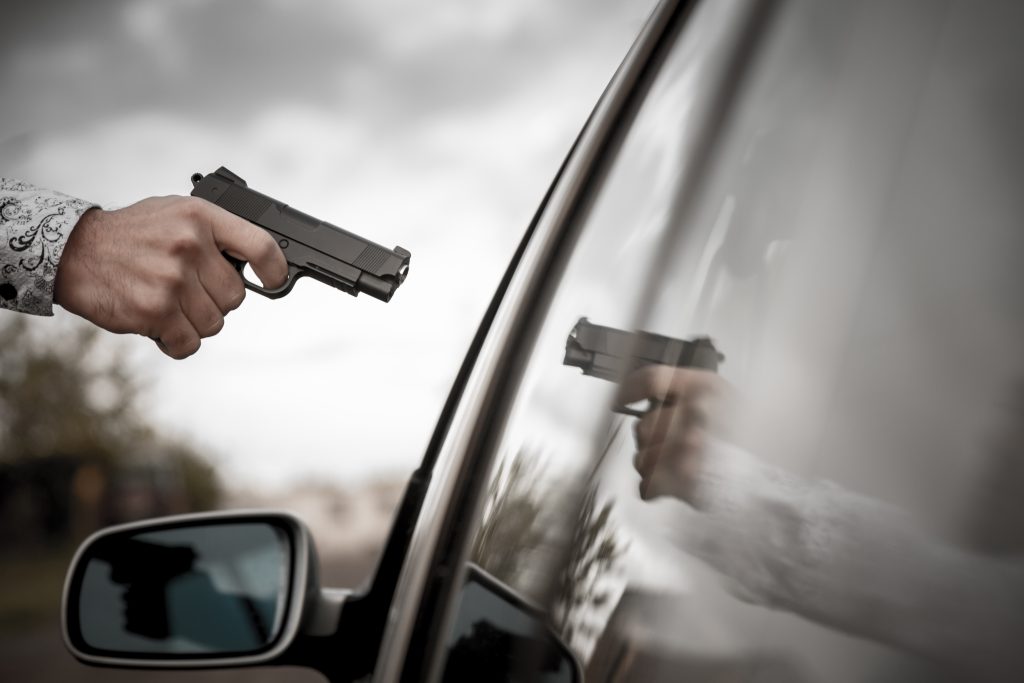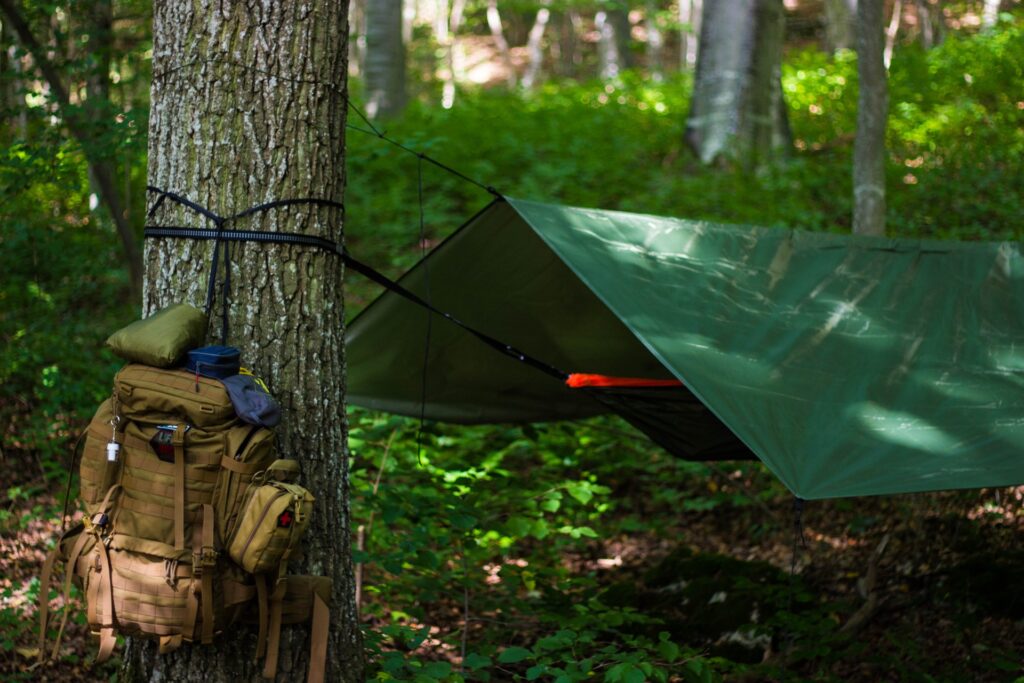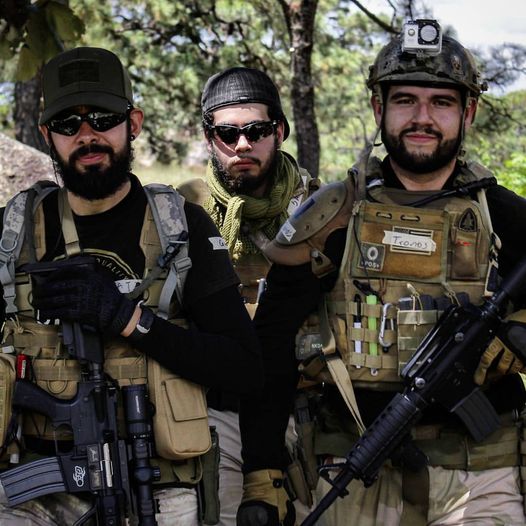Welcome back warriors, Have had a few questions about how to respond to a call to service. As you have probably known from reading my previous blogs there hasn’t been a standard answer, but rather a general idea. With the exception of firearm safety of course. So what I would like to do for today’s blog is throw out a few scenarios and how I would respond, along with tools you can use to help you in these common scenarios.
So let’s start this off with a pretty common occurrence, domestic disturbance. So first thing how fast should you respond? Well let’s talk this through. As an officer you want to get to all your calls as soon as you can. But you also want to get there safely. Well how do you know how urgent a call to service is? Well whoever is dispatching you to the call should let you know how urgent your response should be. So here is how dispatch will let you know how to respond. They will tell you to respond either code 1,2,or 3. So what are these codes?
Code 1-Routine response. No lights or sirens.
Code 2-Urgent response over head lights on.
Code 3-Emergency response over head lights and sirens on.
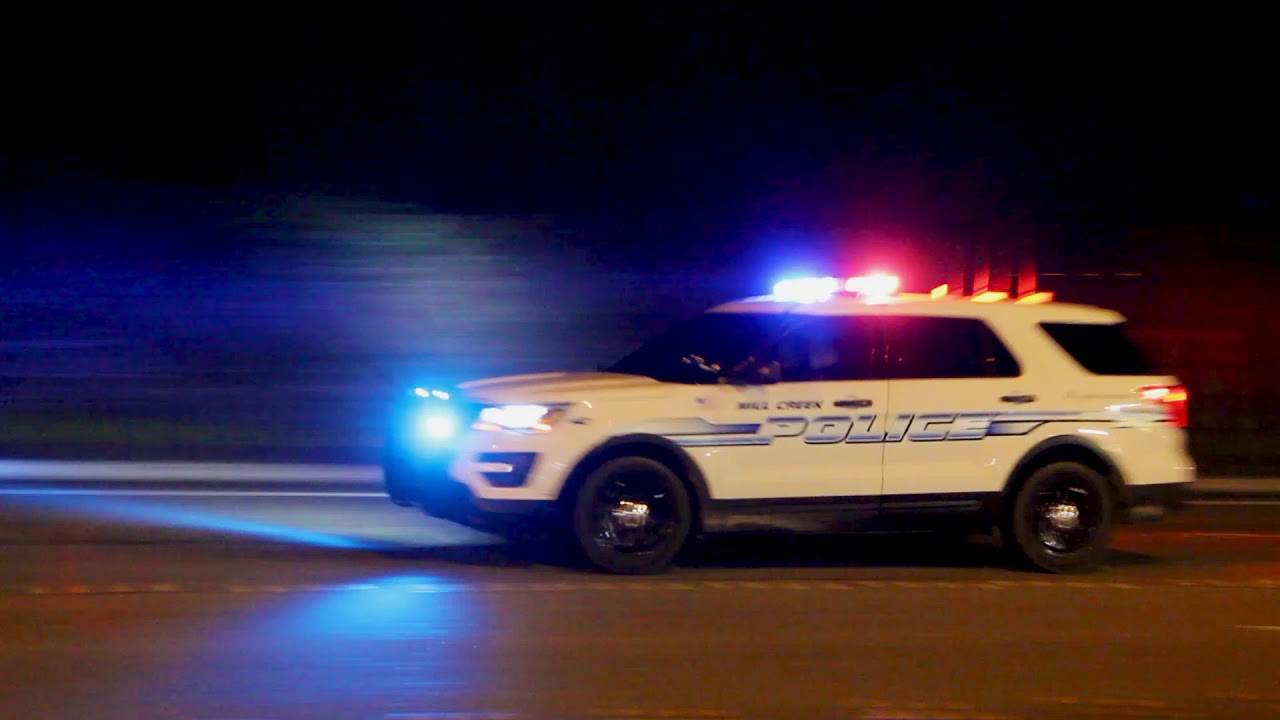
Image taken from the Youtube video titled “3 Mill Creek Police Units Responding Code 3 to a call” uploaded by user andrewkim101
So for a domestic disturbance its probably going to be a response of code 2 or code 3. Depending on if it is just a verbal argument or somebody is getting seriously assaulted. Remember as an officer could start out as code 2 but it can always get upgraded to emergency response. But for this scenario lets go ahead and say dispatch has you respond to the domestic disturbance code 2. So right before you arrive on the scene it’s a good practice to turn off your lights and do not park right in front of the house. This should give you a chance to proceed to the suspect’s residence undetected. Why would you want to do this? Well, the element of surprise is an advantage in this situation. After making your initial observation you will more than likely make contact.
Ok next situation. Let’s say you get a call for service for a shoplifter being held by store security for theft under $50.00 USD. For this scenario you will more than likely be dispatched to the scene code 1. routine response. There is not a lot to say about this other than just because its a routine response does not mean circumstances cant change. But as of now, there is no reason to take unnecessary risks that could put your self or the public in danger.
Now for our last scenario let’s say there is an armed robbery in progress. Now you’re probably going to be dispatched to the scene code 3 emergency response. Now, how fast you respond could be the difference between life or death and the chance of apprehending the suspect or have him getaway. Now that being said if you can’t get there safely then you won’t be able to do anything there to help at all. So please be aware of your limitations as well as the limitations of your vehicle.
There are resources out there to help you be a better driver. I’m talking about taking an emergency vehicle operator course. There are a few different kinds. Basic to high speed, but whenever you have a chance to attend the course make sure you do. Don´t forget, if you live and work in México as a police officer we, Special Tactics provide driving courses.
Video Title: How to drive the evoc and how to not drive evoc. Channel name: Liam_ Pewmaster
Well that wraps up today’s blog. If you have any questions are comments I look forward to hearing them and I will get back to you ASAP. And as always stay safe out there.

